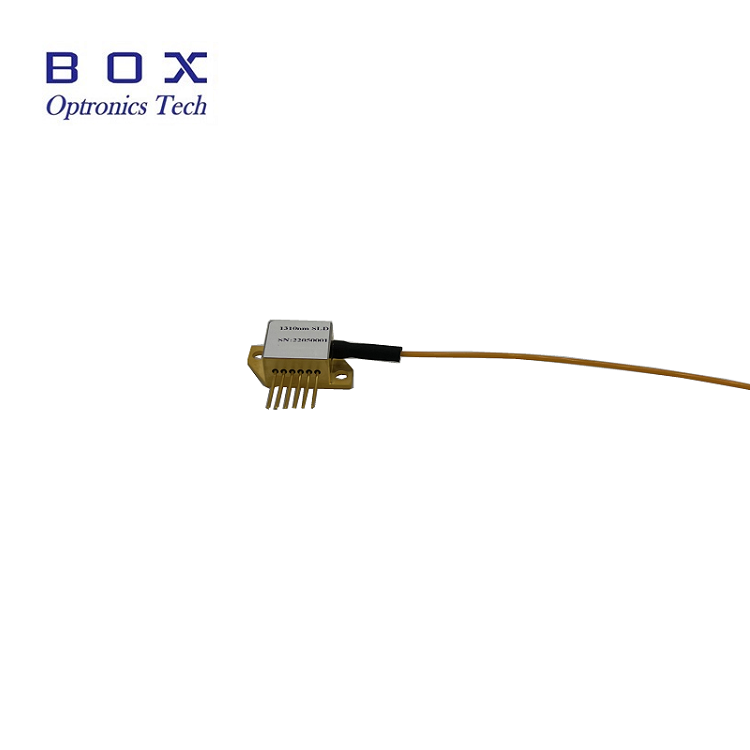Key features and applications of broadband SLED lasers
2023-10-18
Broadband SLED (Superluminescent Light Emitting Diode) lasers are advanced semiconductor light sources that emit broad and continuous spectral output with high brightness and coherence properties. They are used in a wide range of applications that require broadband, low-coherence, and high-intensity light sources. Here are the key features and applications of broadband SLED lasers:
Key Features:
1. Broad Spectral Output: SLED lasers emit light over a broad range of wavelengths, typically spanning tens to hundreds of nanometers. This broad spectrum makes them useful for various applications requiring wide bandwidths.
2. Low Coherence: Unlike traditional laser sources, SLED lasers produce low-coherence light. This means that the emitted light has limited interference patterns, making them suitable for applications where interference needs to be minimized.
3. High Brightness: SLED lasers provide high brightness, making them ideal for applications that require intense and uniform illumination over a wide spectral range.
4. Compact and Solid-State: SLED lasers are compact semiconductor devices, making them suitable for integration into various optical systems.
5. Long Lifetime: These lasers have a relatively long operational lifetime and require minimal maintenance.
Applications:
1. Optical Coherence Tomography (OCT): SLED lasers are widely used in medical imaging devices like OCT systems, where they provide the low-coherence light source needed to create high-resolution cross-sectional images of biological tissues.
2. Fiber Optic Sensing: SLED lasers are used in fiber optic sensors for various applications, including strain sensing, temperature sensing, and environmental monitoring. Their low coherence is advantageous in reducing interference.
3. Spectroscopy: SLED lasers find application in broadband spectroscopy for material characterization, chemical analysis, and environmental monitoring.
4. Biomedical Instrumentation: They are used in biomedical instruments for fluorescence excitation, flow cytometry, and microscopy, where broad and intense light sources are required.
5. Fiber Optic Communications: SLED lasers are used as broadband light sources for testing and measurement in fiber optic communications systems.
6. Swept-Source OCT: In swept-source OCT, SLED lasers provide the light source for acquiring depth-resolved images of biological tissues, offering advantages in terms of imaging speed and sensitivity.
7. LIDAR (Light Detection and Ranging): In some LIDAR systems, SLED lasers are employed for their ability to provide wide spectral bandwidths for accurate distance and terrain mapping.
8. Non-Destructive Testing: SLED lasers are used in non-destructive testing and evaluation (NDT/NDE) applications for inspecting materials and structures.
9. Metrology and Interferometry: SLED lasers find applications in metrology and interferometry setups, where low-coherence, high-brightness sources are required for precision measurements.
10. Scientific Research: Researchers use SLED lasers in a wide range of scientific experiments, including studies in physics, chemistry, and materials science.
The unique characteristics of broadband SLED lasers make them valuable tools in a variety of fields, particularly in situations where high-intensity, low-coherence, and broadband illumination are essential. They enable advanced imaging, sensing, and measurement techniques, contributing to advancements in various scientific and industrial applications.



